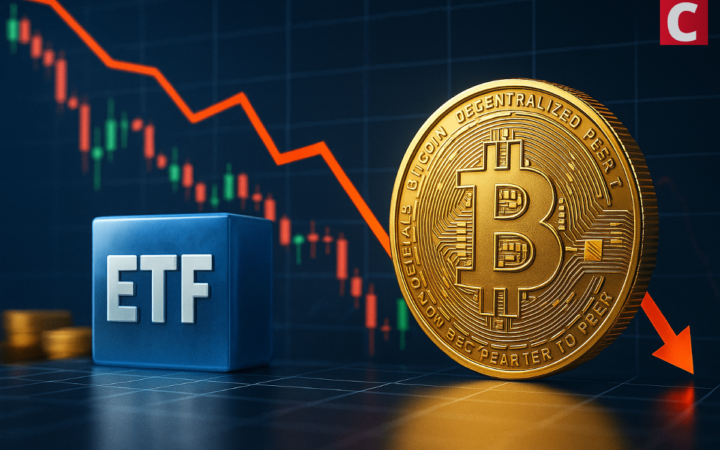Being the main author of TheBlogIsMine news portal in the past, Anastasia has significant experience in observing such fields as tech and business. Now she wants to explore a new area – FinTech. Passionate researcher on technology topics eager to know about what's shaping the future – and how to respond.
Just a week after the cryptocurrency reached $326.00 with a $171 million trading volume, the bulls have taken the market at hand as Bitcoin cash (BCH) price began to follow the ascending path. On October, 29 the pair BCH/USD exceeded the $525.00 mark with experts predicting the upcoming drop.
Nevertheless, today the bitcoin cash-U.S. dollar (BCH/USD) exchange rate hit a four-day high of $505.90 on the day’s trading, before dipping lower to $487.47. According to CoinMarketCap Index, the cryptocurrency has almost gained 10 percent over the past 24 hours. At the press time, it equaled $502,39.
“It is very clear that BCH price has entered a bull gaining climb with a stable support around $450.00 and above it. However, the $470.00 level now and in the past during the descending trend always presented a critical area where the pair BCH/USD dropped majorly after any-size of increase. If Bitcoin cash due reaching the closing in of the ascending triangle moves above the particular $470.00 zone it could retest $500.00 and close above on the attempt successfully,” EthereumWorldNews writes.
More than 65% of all bitcoin cash volume is concentrated on Korean exchanges, and Bithumb boasts more activity than the next 15 highest-volume exchanges combined. Bitcoin cash is also trading about $10 higher on Korean exchanges than it is elsewhere, but this is not unusual (Bitcoin, for instance, is currently priced about $200 higher on Bithumb than Bitfinex).
These Bitcoin cash news comes after Bitcoin ABC – the most popular version of the bitcoin cash software –rolled out the upgrade 0.16.0 which will come into effect via a hard fork scheduled on November, 12. Aiming to reduce the economic concerns regarding its mining network, Bitcoin ABC announced a mixed reaction from investors and enthusiasts.
The hard fork, which may result in creation of two new blockchains with each one owning its coins, is a result of a long battle between two factions who’ve been warring over a seemingly technical question over how to increase the amount of transactions the blockchain can process per second.
“Bitcoin Cash, a so-called “fork” of Bitcoin created in August has been rapidly rising,” says Pavel Matveev, CEO at Wirex. “A lot of people correctly think of Bitcoin as a currency because you can spend it online and in stores, either via a virtual wallet or a cryptocurrency debit card. However, like other technologies, Bitcoin is upgraded and altered either to improve it or because of competing interests. “
He continues: “The forks – Bitcoin cash and Bitcoin Gold – arose because of differing opinions on how to scale Bitcoin and reduce transaction times. What really matters is that Bitcoin is winning over ordinary members of the public who want a fairer, more cost effective and faster method to pay for everyday purchases.”
Bitcoin Cash was launched two months ago after a hard fork from the original bitcoin network. Its price dropped to almost $300, after the start price reaching $1,000. Nevertheless, two days ago it reached a value of $514, following the Bitcoin Gold fork last week. Meanwhile, experts say that traders still feel apprehensive about the new fork.
To protect Bitcoin Cash from declining due to chain stagnation, the developers announced the so-called EDA – Emergency Difficulty Adjustment. Whenever the miners have needed more than 12 hours to find six blocks, mining difficulty is reduced by 20 percent.
“The EDA has been successful in helping Bitcoin Cash to survive as a minority chain of Bitcoin’s SHA 256 mining algorithm. However, it was a complete failure to stabilize the block intervals. Since the birth of Bitcoin Cash on August 1, there is a constant switch between periods of ice ages, in which only one block is found in some hours, and periods of rapid block productions, which are induced by a series of EDAs,” explains BTC Manager.
“These adjustments drastically reduce difficulty and result in up to 90 blocks per hour. As an unwanted side effect, the Bitcoin Cash blockchain has added nearly 8,000 blocks more than the Bitcoin blockchain, increasing the production of monetary units by 100,000. Hence, Bitcoin Cash has a significantly higher inflation schedule than Bitcoin.”





